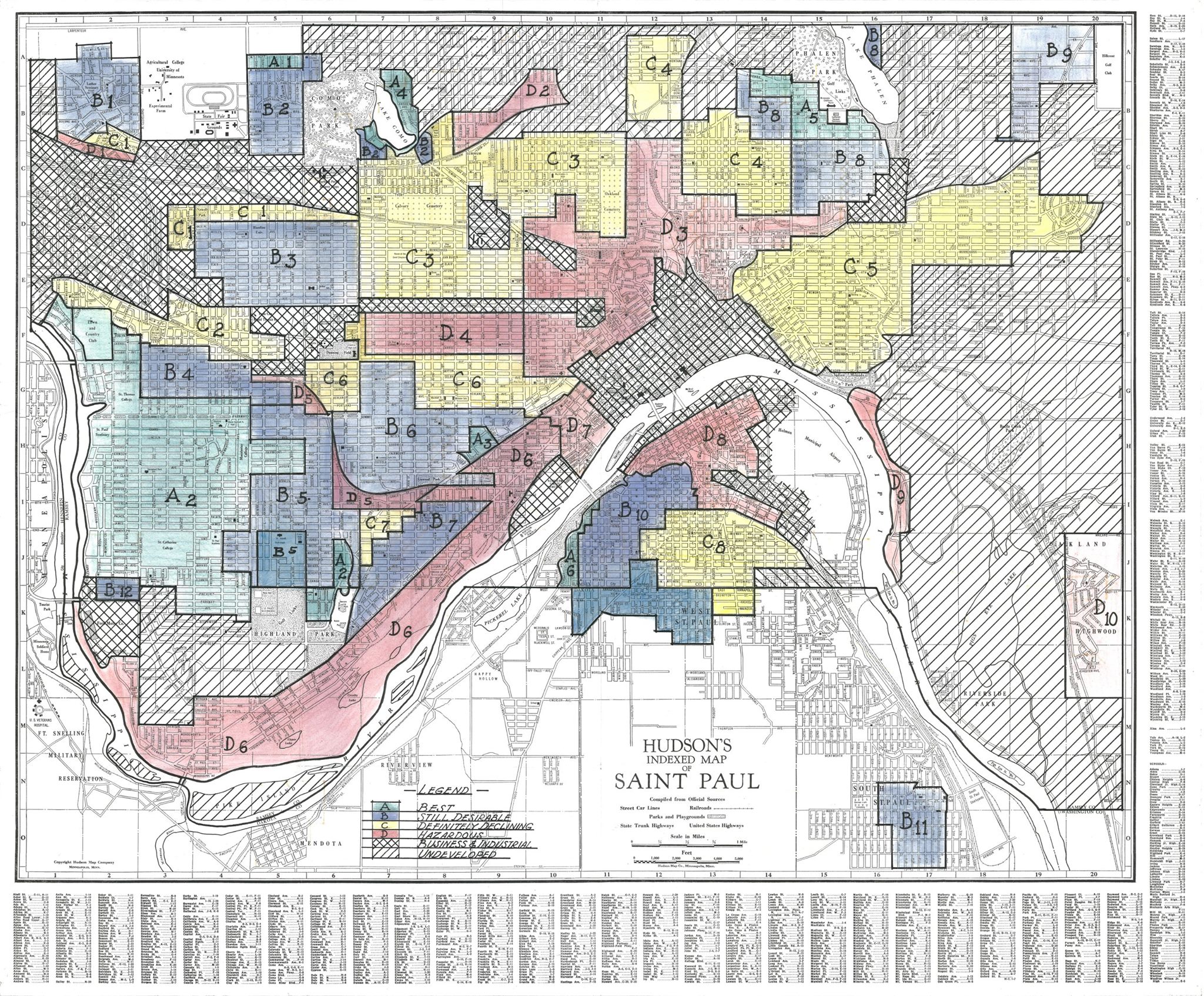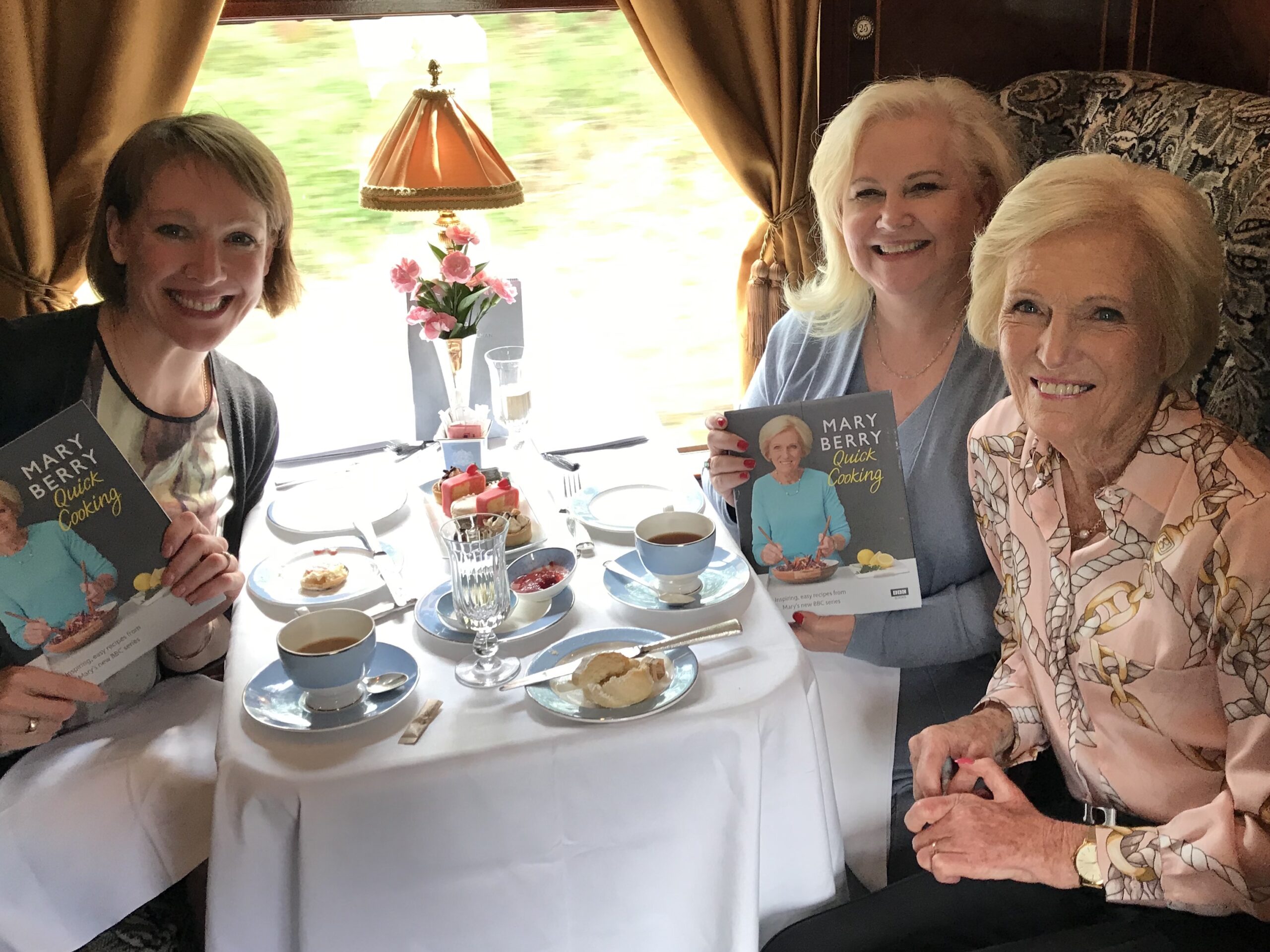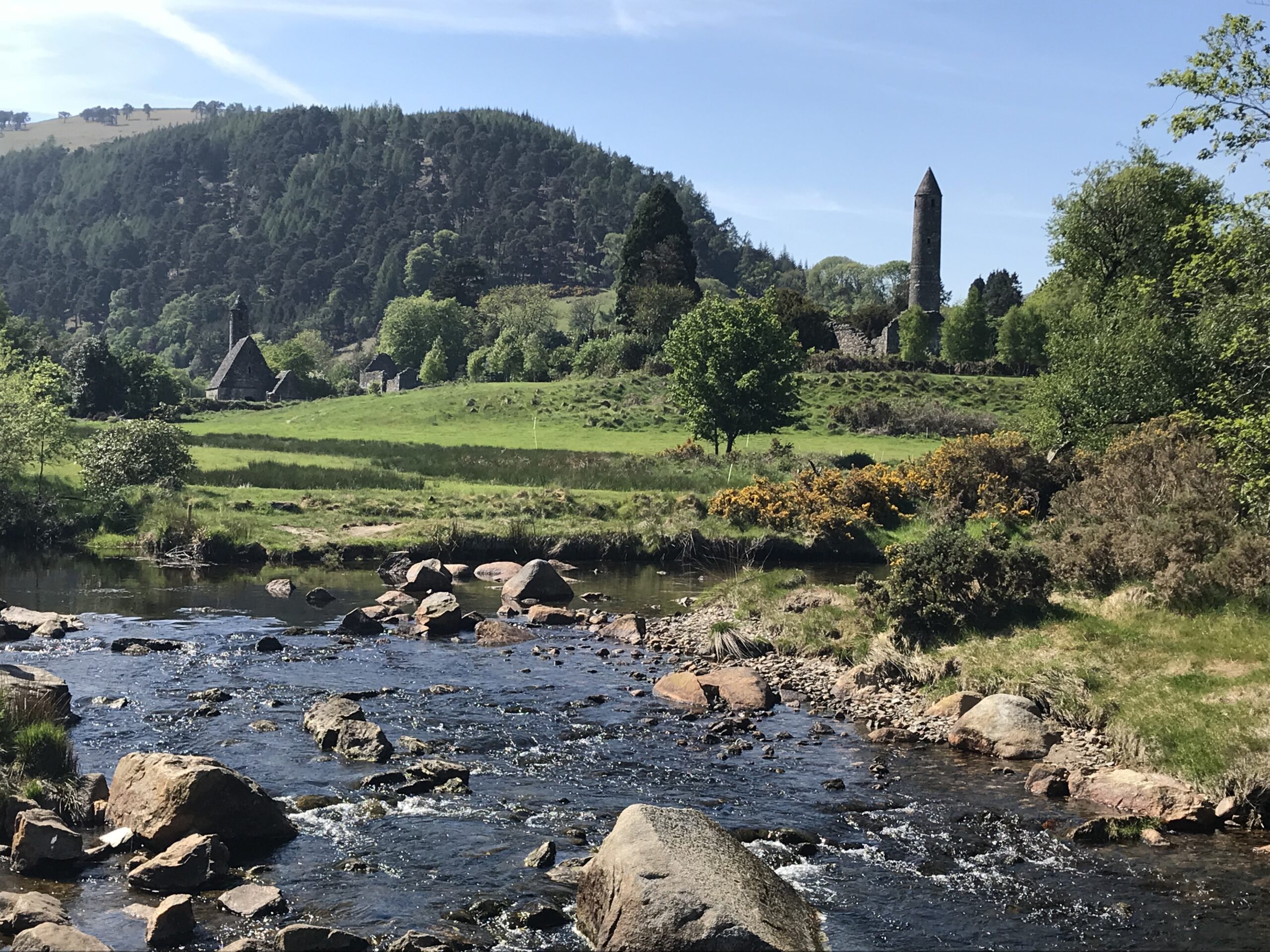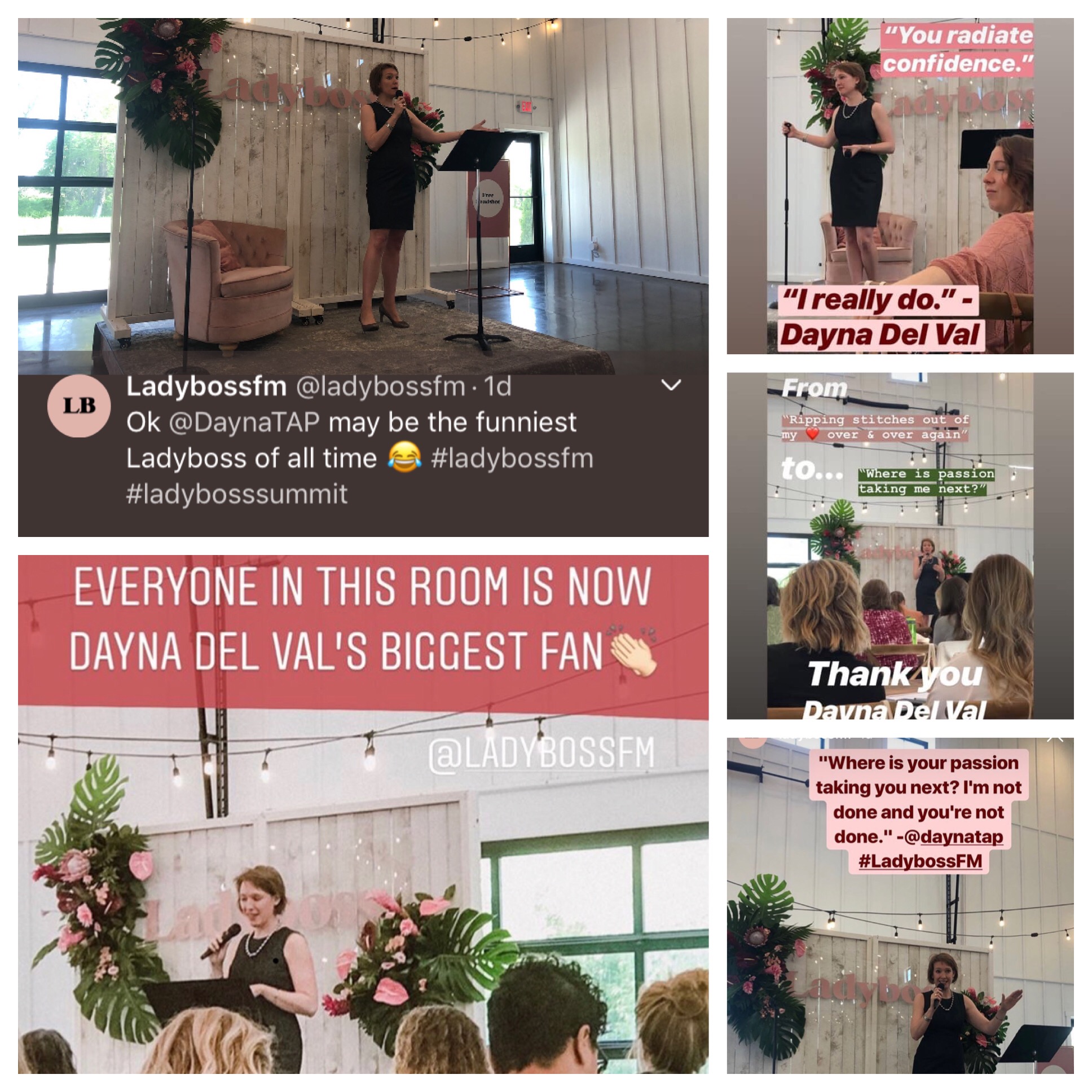Twice in my life something has been stated so clearly that I have had the immediate, sinking understanding of my unearned privilege simply because I was born white.
One was this: when white people live abroad, they are often referred to as expats. When brown or black people live abroad, they are typically called immigrants or migrants—regardless their professions, levels of education and income or reason for being in the new country. Check out the Etymology section of this Wikipedia definition. Or this editorial from The Guardian. The word expat really came into its current romanticized definition during the 1920s when artists of all types flocked to Paris to create a bohemian community. Let me restate…white artists of all types.
The first time I read that, I drew in my breath. It is such a subtle distinction, but it’s a clear attempt (and a successful one at that!) to differentiate white people from everyone else. And I used to dream of being an expat somewhere exotic. And now, I can’t think of the word without disgust at how it has helped to hold up a view of white supremacy. And I am ashamed that I never saw the distinction for myself, which only confirms the incredibly successful education of bias I have been immersed in my entire life.
And then there’s this, a much longer unraveling of my (and really all of our) unconscious, white privileged indoctrination on a scale so intentionally and tragically grand and strategic, it fills me with absolute horror.
From a Facebook post from a man I do not know named Nate Dexter of St Paul, MN:
If you’ve ever wondered what the term “systemic racism” means, or if you’re encountering it for the first time in the wake of the murder of George Floyd, allow me to explain an example from the City of St. Paul. I hope this helps to explain part of what it means that there is systemic racism in this country and this state, and that the effects of things that happened decades ago still matter today.
It came to my attention that there are many people who are completely unfamiliar with the practice of redlining, racial covenants, and how freeway construction and other so called urban renewal was used to destroy Black neighborhoods in the 20th century, and how the effects of those actions continue today. To me this issue is one of the most blatant and easy to understand examples of systemic racism in the United States. I only really learned about this in the last few years, when I moved to the areas of St. Paul greatly affected by these practices.
As part of the New Deal, the federal government created the “Home Owners’ Loan Corporation” (HOLC). What the HOLC is perhaps most famous for today is creating the “HOLC maps”, which assigned residential areas of cities a grade for risk to mortgage lenders. Grading criteria included property values, age of properties, depreciation, and racial/ethnic makeup as well as economic class of the residents. Throughout the country, Black neighborhoods were assigned D grades, meaning that they were considered hazardous for lending purposes.
An important local example from St. Paul are zones D3 and D4 (see the attached map, but if you want to explore the HOLC maps from around the country, there is a link in the comments to a helpful interactive map). Each zone in each city had a written description to accompany the grade. Here are some quotes from the descriptions:
D3: “Italians, colored people, Jews of the lower strata and other people of foreign descent of the lower classes reside here.”“Very heavy racial encroachment throughout the entire district is prominent. The only redeeming feature is its accessibility to the downtown district.”
D4: “The laboring class with a large percentage of negroes live here.”“The class of colored people in this area are somewhat better than other districts, many of them, due to the City of St. Paul being the General Headquarters for the Northern Pacific and Great Northern Railroads, are pullman porters who do acquire ownership of their homes.”
Both of these districts were subject to extensive “urban renewal” in the subsequent decades. Rondo still exists as a neighborhood to some extent, but the area covered by D3 is largely devoid of any residential neighborhoods, replaced with freeways, big box stores and light industrial zones.
Now, how were these maps used to enforce racist policies? The first and most obvious way is that by labelling predominantly Black districts as dangerous from a mortgage lending standpoint, Black people who may have been able to afford a home were often not able to get a mortgage in their neighborhoods. Why not just move to a different neighborhood? That’s where racial covenants come in. A covenant is a provision in a home deed or title that restricts sale of a property to anyone who isn’t white. They were commonplace in the 1920s-1950s in what were considered the most desirable neighborhoods, the As and Bs on the HOLC maps. The University of Minnesota’s “Mapping Prejudice” project is working on getting a picture of their prevalence in the Twin Cities (link in the comments). They were in fact so prevalent, that I would be surprised if my house was not subject to a covenant.
So, Black Minnesotans were both prevented from acquiring mortgages in the neighborhoods they already resided in and were boxed out of neighborhoods they could have afforded and moved to. As a result, they were prevented from the huge boom in home equity and wealth creation that middle-class white Americans were able to take advantage of. When people refer to the 50s and 60s as the “good old days”, a huge part of that is the home equity wealth that was new to many families at that time. If you are White and your parents or grandparents were able to purchase a home in these decades, that feeling of financial security is the direct result of economic benefits that Black Americans were not permitted to enjoy. Don’t take my word for it though. I’ll put a link to an excellent video titled “Segregated by Design” about the topic in the comments.
In some places the discrimination went a step further. The HOLC maps were used to aid in the planning of the interstate highway system. The route that was chosen for I-94 through St. Paul was specifically intended to drive a literal rift through Rondo (D4). That this route was chosen can be at best described as disregarding the thousands of residents in the neighborhood and can at worst be considered a deliberate effort to push Black people out. This didn’t have to be, however. St. Paul city planner George Herrold (who was still working on municipal projects at the age of 82 in 1945) expressed grave concern about the social impacts of the proposed freeway route. He suggested an alternate route using the railway corridor one mile to the North (see the alternative proposals map attached). Herrold’s efforts were unsuccessful. It’s worth noting that everything he predicted became true. Rondo was split with huge social consequences, and the resulting creation of a concrete moat cut downtown St. Paul off from the rest of the city. I should also add that Herrold’s plan would have required a negotiation with the railroads to place the freeway in that zone, and railroad companies don’t generally like sharing land. But what does it say about us that it’s politically more viable to displace thousands of people in hundreds of households than it is to negotiate with a railroad?
Now, all this happened decades ago. How does it affect us today? First, people alive today saw what happened to Rondo and remember what it was like before. I-94 wasn’t completed between the twin cities until 1968. The resulting decline of Rondo led to a loss in property wealth for its residents, leading to widespread poverty. Elsewhere, as I mentioned above Black Americans were legally prevented from participating in the wealth generation that White Americans were able to take advantage of in the middle of the 20th century. That is why there is such a wealth gap between White people and Black people today. This was racism by design. The very definition of systemic racism. The government of the United States put in place a legal framework permitting the ghettoization of Black people, and in some cases going a step further and allowing those neighborhoods to be destroyed. We see racial tension today because equality was never achieved. In fact it was prevented by a legal and social system. The system isn’t broken. This is how it was built.
I lived with my son for nine years in income-based housing. There were months I paid $13 for a three-bedroom, walk-up apartment. We lived fabulously there, but it wasn’t without its typical poor people strife. There were somewhat frequent domestic violence police visits to the building. One night, I was carrying my son, then a baby, up the 45 stairs to our apartment and had to step over two passed-out neighbors from the apartment below who hadn’t quite made it home. We had some neighbors for awhile whose home was so filthy I could smell it through the adjoining walls. We frequently had bats, that lived inside the walls of the nearly 100-year old building and found ways into the apartment, flying around in the middle of the night, much to my ongoing terror.
But even though on paper I was in a similar situation as these other families, many single-mothers just like I was, I never for one single second believed that I was not going to get out of that situation or that I was creating a multi-generational new norm of poverty. In fact, while we lived there, I earned an English education licensure and completed a Master’s degree in English.
I am from a long line of educated, home-owning people. Of my four grandparents, only one didn’t attend college. The three who did were all teachers for at least some period of their working lives. My Del Val grandparents purchased their Rye, NY, home on the GI bill after my grandfather came home from WWII. My Bowman grandparents had farm land in addition to their house in town that sat on multiple lots in southwestern ND.
I never doubted that Quinn and I would get out of our circumstances. I certainly didn’t know how I was going to ever earn much money, but it was just a given that I would eventually pull us out of that poverty and into the middle class. In fact, it was such a given that until I read this article earlier this week, I could never have even articulated this very notion. It was as factual to me as breathing or blinking or walking—nothing to think about because it’s just a simple fact.
Except that this post makes it clear that it’s only a simple fact if you are white (and I suppose we can infer white and not multi-generationally poor since there are definitely white families who have lived in poverty for decades).
What would have given me any reason to not just hope to escape the poverty we lived in but to know with unconscious certainty that I was merely at a stop gap in my life until I got myself situated correctly?
Simply the systemic racism which allowed me to rise far above my then socio-economic standing and benefit from being white. In 2006, I got dressed up and went to a lender and was approved for a nearly $400,000 loan despite the fact that I had never made more than $20,000 taxable dollars in my adult life (keep in mind this was when the housing market was criminally bonkers across the country and I did have good credit, but still!)
Today, we are six months from paying off the house I purchased in 2006 and refinanced when I married my husband in 2008. I look back on the years we lived in income-based housing with gratitude for a number of reasons:
- Paying that kind of ludicrously cheap rent allowed me to get a lot of additional education
- I didn’t have to work a full time job while going back to school to cover our rent and other expenses
- It was a fabulous apartment full of charm and history
- I had parents who could (and occasionally did) assist me financially
- It’s likely the only time my son will ever experience any kind of financial hardship, and I think that as long as you are safe and not hungry, being poor at some point in your life is not a bad thing. It’s hard to be grateful for all the blessings if you never had a period of wanting things and simply not being able to afford them.
But that list is dripping with privilege, too. I didn’t really work much in those nine years. The apartment was incredibly cute. I had already earned my BA, so all that education was basically frosting on the cupcake of advancement just by having a degree. And Quinn has gone on to live in an apartment in LA that costs more per month than I ever paid for an entire year of rent in our apartment—and it’s a totally reasonable rent for him based on his highly-paid engineer’s salary.
We were never going to be poor long term. The system was set up to almost ensure that. So while I thought I was laboring to find solutions for us to have a better life, and it’s not fair to say I didn’t do anything while we lived there!, the “movin’ on up” was there for my taking with little to no actual work required since I had already been born the right color.
What, what, WHAT do I do with this information now that I know it? I can’t un-realize this immensely unfair tipping of the scales that ensured my family of two would be fine at worst while so many others will languish in poverty for generations to come because of a system set up decades ago to ensure some people got ahead while others simply didn’t? And I feel shame for never looking around and realizing this for myself. And I feel horror at the bright mothers of color who will have to work harder than I have ever worked in my entire life to try to get their kids a better shot at life and still might not get there. And I just don’t know what to do, and that just doesn’t really cut it anymore.
Realization is the first step, but if that’s not coupled with action, then what is the point? But, and I ask this in all sincerity, what is the action and how do I proceed?
Links from Mr Dexter’s post for further insight:
One link about Rondo neighborhood specifically
Another link about Rondo neighborhood specifically
Photo from Mr Dexter’s Facebook post.









6 Comments
Erin
I have been struggling with this issue too. I recently read an article about how to be an ally, and unfortunately can’t find it anymore! But the author offered a suggestion that I am going to follow: support bipoc owned businesses. Do your homework and buy from them. As a small business owner I know how important this kind of thoughtful support is, and this is a way that I can use my (limited) financial means to leverage my white privilege for someone else’s success.
Dayna Del Val
I really love that idea because it’s so doable. We all know how tenuous small, independently owned shops are, so if we make a concerted effort to find and support BIPOC ones, that’s a great way to make a difference…on so many levels.
Tim Mathern
Next step. There are two black women running for ND Senate, help elect therm!
Dayna Del Val
YES!
Abby Gold
Dayna, I know the article isn’t about your first paragraph: white artists flocking to Europe/Paris in the 20s, but I do want to point out that three great African American artists: Nina Simone, Miles Davis, and James Baldwin left the US to live in Paris to be free of racism and live their lives as respected artists. James Baldwin and Miles Davis made their way back to the US because the missed their families. I know, I know the article is about the great UMN project mapping covenants in the Twin Cities. I am learning my new Como Park home probably has a covenant attached to the deed, which over time I want to seek this out to have it removed.
Dayna Del Val
Thanks for the clarification, Abby. You are absolutely correct, and I appreciate the reminder of those three amazing artists. Good luck with your endeavor. Hope you are well!